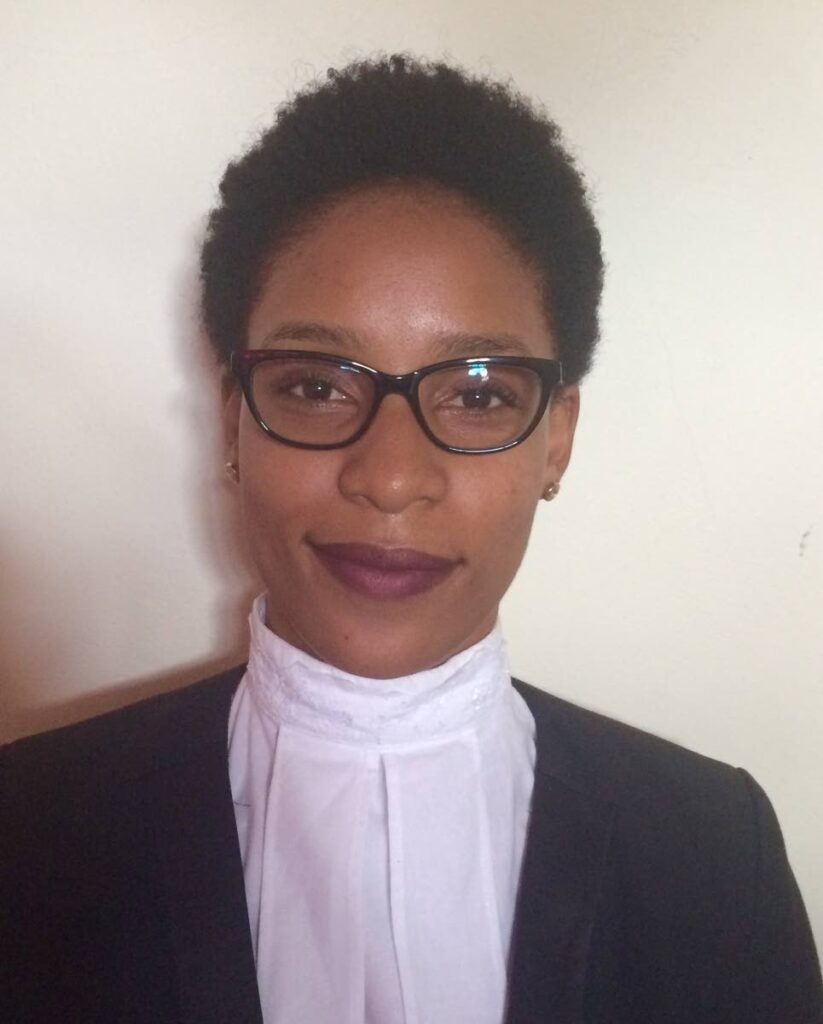The magic of childbirth

Kanisa George
The magic of extracting a teeny, tiny human being or sometimes a ten-pound miracle from the depths of a woman. Everyone talks about the joys of birth, the joy of bringing new life into the world. Skin against skin and tears in the midst of screams culminate months of waiting, never-ending nerves and weird cravings.
Every birth story is different, and in each chapter, there is often a paragraph or two that speaks to pain, morning sickness and labour that went on for far too long. The unexpected aside, the birthing process, though scary, can be a stress/incident-free environment that caters to the needs of nervous mothers and their bundles of joy. Though this should be the golden standard, a number of celebrities, first-time mothers and women from all walks of life share their harrowing birthing experiences in what could only be regarded as draconian, inhuman and degrading.
For much of history, before the invention of modern medicine, expectant mothers were attended to by a group of women, usually relatives and midwives, who supported them during delivery and offered remedies for pain relief. Midwives would usually create a private, sterile environment, position the woman for birth, check the baby's position, and use oiled hands to help stretch the woman's tissues before delivery.
While these practices are still very present in modern-day birthing, there has been an upward trend of women confessing that they felt voiceless and invisible during the birthing process. Some even allege that they were mistreated by nursing staff while giving birth with incidents of abuse being reported.
How could what some regard as the most magical moment in a woman's life be underscored by insults, abuse and complete mistrust? In 2019, the results of research conducted in four counties by the World Health Organisation (WHO) found that more than one-third of women experience mistreatment during childbirth in health facilities. According to the WHO, this study built on the results from a mixed-methods systematic review conducted in 2015, which developed a typology of what constitutes mistreatment of women during childbirth based on 65 studies conducted in 34 countries.
The review found that not only do women have to cope with indescribable birthing pains, fear, and the overwhelming feelings associated with showing your lady parts to all and sundry, women are abused both physically and emotionally. Slapping, pinching and in rare cases, sexual assault are just a few examples of the ills women face while giving birth.
Women are not only shouted at and berated; they are also discriminated against because of their age, ethnicity, and socio-economic status. One common trend amongst healthcare practitioners is the use of harsh or rude language. This results in the poor rapport between women and providers, and lack of supportive care, leading to women being treated like hypochondriacs.
Saraswathi Vedam, a midwife and professor at the University of British Columbia and author of a study on mistreatment during childbirth, believes that this is a widespread phenomenon linked to poorer health outcomes for women and can potentially lead to deadly situations that harm both mother and child.
Mistreatment in the realm of physical and verbal abuse can have long-lasting effects on a woman's recovery during post-partum and can result in feelings of depression and anxiety. But also, not being listened to, not being engaged in the decision-making process, and not having the ability to self-determine what care happens for you and your body, Vedam believes, could have devastating outcomes.
During their birthing experience, many women felt their health care providers were ignoring them. Others found that their requests were refused or not responded to in a timely matter. Women are somehow viewed as less capable of assessing what's going with their bodies that their concerns aren't adequately accessed, leading to unassisted home births, haemorrhaging and death.
And let's not talk about forced C-sections. Almost everyone I know who has given birth recently has done so by Caesarean section. In fact, the WHO estimates that by 2030 nearly a third (29 per cent) of all deliveries are likely to occur by Caesarean section. That's an increase of about eight per cent of the current one in five ratios.
Although C-sections are critical to saving lives in situations where vaginal deliveries would pose risks, the UN's Human Reproductive Programme found that not all C-sections carried out at the moment are needed for medical reasons. In Latin America and the Caribbean, rates are as high as four in ten (43 per cent) of all births, and after talking to some mothers on this topic, many said they felt pressured into getting C-sections when the treatment went against their wishes, and they weren't entirely sure why it was required.
Does it make the process go quicker? I mean, who wants to stand around for a 40-hour labour? It is safe to say that some women have fantastic birthing experiences – pleasant medical staff and an interactive and safe environment. Yet, for too long, we have heard horror stories of women suffering at the hands of health care practitioners, and of systems engineered without compassion and patient care at the centre. Is this the standard that ought to be accepted, or are we going to do something about it?


Comments
"The magic of childbirth"